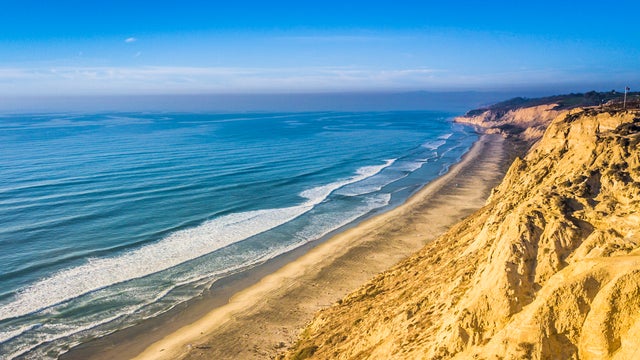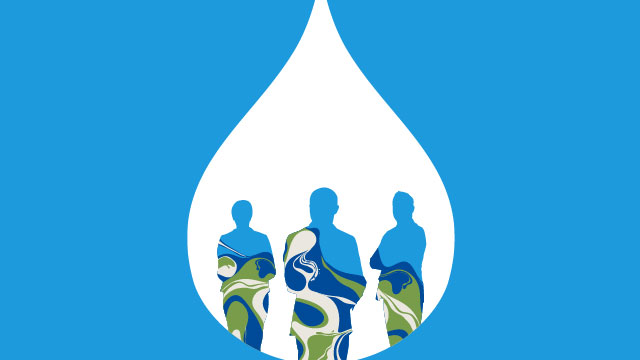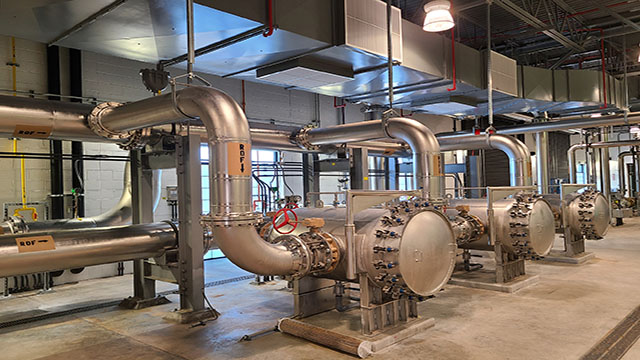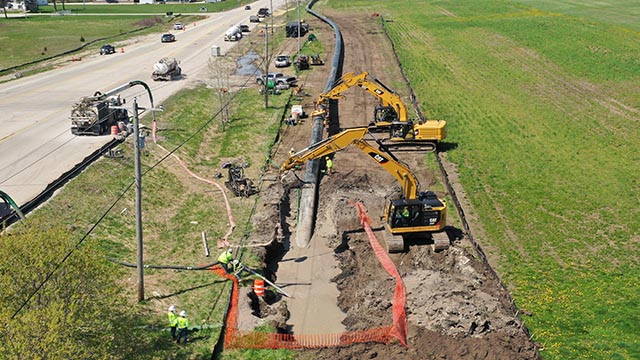The amount that can be extracted of one of the world’s most valuable natural resources – copper – is directly dependent upon the availability of the world’s most essential resource: fresh water.
But try finding fresh water on one of the driest places on Earth, and you have your work cut out for you.
That’s why BHP, majority owner and operator of the Escondida copper mine in Chile, wanted to bring a sustainable solution – desalinated water – to the mine.
BHP wanted to improve operations while protecting the environment. By tapping water from the ocean, it would save fresh water resources for the people and ecosystems in communities surrounding the world’s largest copper mine.
Alternative Water Supply
To make it happen, BHP needed the most efficient and technologically advanced desalination plant, as well as the conveyance system and associated infrastructure that would carry demineralized water more than 100 miles from the ocean to the mine.
The mining giant chose Black & Veatch as the engineer of record to lead the design, procurement, project controls, resident engineering, pre-commissioning and commissioning for the marine works and desalination components of the Escondida Water Supply (EWS) project.
Black & Veatch also conducted the conceptual design, capital expenditure (CAPEX) estimate, operation expenditure (OPEX) estimate, and execution schedule. The project scope was for the water conveyance and storage system, the high-voltage substations and transmission lines, and a new private communication network for the mining operation. The network included supervisory control and data acquisition (SCADA), voice over internet protocol (VoIP), security video, and fire protection circuits.
The seawater reverse osmosis (SWRO) desalination facility, in the Atacama Desert of Chile’s Antofagasta Region, is now the largest in the Americas. It produces 57 million gallons per day of water for the Escondida mine.
A remote-controlled micro-tunnel boring machine created a 1,740-foot-long tunnel within the sea.
Part of the project required the use of a remote-controlled micro-tunnel boring machine, which was used to create a 1,740-foot-long tunnel to capture water deep within the sea.
“This allowed us to get a water quality and consistency that eliminated some pretreatment processes, making the desalination process even more efficient. We also used modular designs for the plant, which saved time, increased productivity and improved safety during construction and results in lower operation and maintenance costs.”
Rene Dominguez, Black & Veatch Associate Vice President and Project Manager
Major Achievements
Black & Veatch worked about 1.9 million worker-hours without a recordable safety incident, even first aid.
Another significant accomplishment was the application of lean processes for the media and membrane loading processes, which were critical components of the commissioning schedule.
Over 1,000 confined entry permits were required to load media without any incidents. The company also designed rigging methods to eliminate the man-machine interaction. The process operated like a production line, saving critical days from the schedule.
To complete the project safely, on time and with the highest quality standards, Black & Veatch placed significant resources behind these processes to deliver the finished desalination facility.
Black & Veatch professionals from multiple U.S. states, the UK, India and Chile contributed to the project.
“On major projects like this, there are always ups and downs, but our team handled them with such professionalism that we didn’t get caught up in the emotional aspects of the six-year project. Our focus was on the client and what was best for the project.”
Brady Hays, Black & Veatch Vice President and Escondida Project Director
Black & Veatch earned the Distinction Award for Desalination Company of the Year at the 2016 Global Water Summit. In 2017, the EWS project won the Industrial Desalination Plant of the Year honor at the summit.
BHP also has sole-source awarded the Escondida Water Supply Expansion (EWSE) Project to Black & Veatch. The EWSE Project will expand the water production capacity by 800 liters per second (lps) and the water conveyance capacity by 1,400 lps. The EWSE Project comprises engineering, procurement, construction management services, pre-commissioning and commissioning services. The project began in June 2017 and is expected to be complete in May 2019.


















